FOREWORD

2017, displeased with the lack of versatility of packs on the market, Philip De Los Reyes, armed with a portfolio in design, photography, and project management, set out to create what would one day be the most esteemed bag in the carry community, the Alpha 31. If you’ve been in the carry scene long enough, this bag needs no introduction, it went from a relatively small Kickstarter campaign to one of the most sought-after packs in Carryology history. Philip was knee-deep in design projects long before the birth of Remote Equipment. However, that was not sufficient to quench his thirst, he longed for something bigger. He made a choice, one that not only involved the designing process, no that was too mundane for him, but one that involved the creation of a story. He was interested in building a narrative, building a brand. So, he combined his expertise in photography, design, and communication. With a whole lot of passion in the backburner, he made the decision to pave a pathway – one that bridges the gap between office-use-bags and trail-hike-bags, in pursuit to create the perfect crossover for like-minded individuals like himself, setting out in search for perfection. And that’s how Remote Equipment was born: out of a small workshop in Berkeley, California, from a single man’s aspiration for perfection in the form of functionality and technicality.

However, he did not stop with the Alpha, he went on to launch subsequent Kickstarter projects, namely the Bravo 15 (a multipurpose utility bag), and now the Charlie 25, the one under our scalpels today. And boy, this is going to be a lengthy one. Grab your drink of choice and let us begin, shall we?

WHO IT’S FOR
- Those with the intent of using this for the trails instead of the office.
- Those that don’t mind the complexity and the steep learning curve of using a technical pack.
SPECS
Weight: 2.7 LBS (1.22 KG).
Dimensions: 11" x 21.5" x 6.5" (53 x 28 x 17cm). Back panel height is 18" (46cm).
Volume: 25 Liters (expandable to 30 liters)
Frame Sheet (internal, non-removable): 1.6mm thickness, high-density polyethylene
CONFIGURATION
- Minimum configuration: Body (20L)
- Ideal configuration: Body + Top Brain (20L + 5L)
- Maximum configuration: Body + Top Brain + 2 Org Kits (20L + 5L + 5L)

AESTHETICS & ACCESS
The Charlie 25 is a hiking pack at heart, with the DNA of the trails infused into its core essence. It drew inspiration mainly from hiking bags, however, it still has the intent of blending into the office environment, if used minimally. It works well in a myriad of scenarios, although some might overshadow others. So, to make things more vivid, we’re going to break this down into multiple use-cases:

TRAILS – aesthetics wise, it looks badass! Definitely one of the best-looking hiking bags out in the market today, comparing it to the likes of Mystery Ranch, Osprey, Patagonia or the North Face. It manages to please the crowd of hiking enthusiasts with its rather unconventional blend of aesthetics, making it a refreshing take on an old formula. It is equipped with 2 hiking pole loops with reflective linings, ideal for the daily trail seekers. This reinforces the ideal of this being a hiking bag first, and an everyday-bag second. There are multiple straps equipped on this pack to cinch it down, bringing it closer to our back, making it a charm when hiking. These straps might be a little overwhelming for some, but it definitely comes in handy, especially when used for hiking. Moreover, it makes it look pretty cool on the trails too! There are also 2 hydration ports at the cinch top, ready for use whenever a hydration bladder is utilized.
OFFICE – okay, this might be a little controversial. Some might argue that with the black variant and adequate strap management, it might be passable as an office pack, while others are completely baffled with the thought of it being an office hauler. Well, I must agree with the latter. In terms of aesthetics, this is not a bag meant for the workplace, and I speak from experience. I’ve tried bringing this bag to my workplace (dental office) for a week and it immediately felt out of place. This is in regard to a practicality standpoint as well as the aesthetics.



I would say the main problem is the access. It is easily a 3-step process to gain access into my belongings, especially when the top brain is attached. It begins with the buckles, then uncinching the top material to unzipping the main zipper. This comes as too much of a hassle just to access the bag, but it makes perfect sense in perspective to a hiking bag, seeing how accessing the bag is only done when one reaches their predestined location.
The access of the pack is rather unconventional, but it’s also not the first time we’ve seen it either. It has been implemented on bags like the Prima System from Boundary Supply and also the Tri-Zip offering of bags from Mystery Ranch. It’s a love it or hate it kind of relationship. I, for one, am a fan of it. When laid flat, the bag filets open, exposing all its contents, while not taking up much space like how a clamshell opening pack would.

MATERIALS
Outer shell fabric: VX21 & VX42


Body Fabric: VX21 fabric
The main body is constructed out of VX21, the world’s most popular variant of the laminated X-PAC fabric. X-PAC fabrics have been slowly creeping into the soft-goods market, more so in high fashion brands such as Nike and Adidas. I see this as a tactical gambit moving forward, since X-PAC fabrics are technically more advanced, both in terms of usability and functionality. VX21 is 210 denier face nylon fabric created by Dimension Polyant, a US-based manufacturer of performance fabrics. VX21 features an innovative four-layer construction that’s rugged, flexible, waterproof, and features their patented X PLY® fiber reinforcement technology at 22°, hence the signature diamond shaped pattern. The first layer being the plain weave nylon face, followed by a 0.25 mil polyester film and the polyester X-PLY®. These 3 layers are backed with a 50 denier lightweight polyester taffeta backing, providing an enhanced stitch-hold, and reducing the chances of delamination, something that plagues the X3 (X50,X51) variants of X-PAC fabrics. So, you have these 4 laminations of material, each serving their own purpose, stacked on top of each other, its sheer level of technicality would bewilder the minds of us common folks. This variant of the VX has a nylon face of 210 denier, offering weight savings, yet not compromising on the abrasion resistance (500 cycles) and tear resistance. This choice of fabric makes perfect sense since the CHARLIE 25 is made to be worn for an extended period and for rugged usage, either from the trails or from the roughs and buffs of everyday use.

Base Fabric: VX42 fabric
The base fabric is made with a variant of XPAC that has a higher denier count, VX42, meaning it should be able to withstand higher forms of abrasion. This was done in conjunction to where the pack comes in contact with rougher surface most, termed high abrasion points. Small bumps and scruff should fare no damage. I am certain the strength of the 420 denier nylon face can handle it without breaking a sweat.

Inner shell fabric: VX07 Ripstop & 210D nylon reinforced with Spectra® Fiber
Inner lining: VX07
The inner lining of the pack sports a bright white VX07 ripstop fabric, an excellent choice on Philip’s part. It provides added visibility especially in dimly-lit situations, where a clear view is unattainable. The surface of this fabric is infused with a square grid like pattern on the surface, hence the term ripstop, containing tears within those small grids, if any. Because of the X-PLY backing, this material is also waterproof, making any spill or leakage in the pack a non-issue.

Top Inner lining: 210d nylon with Spectra® Fiber
The top cinch material was made to be pliable, so a material with adequate flexibility and give had to be chosen. The 210d Spectra Gridstop Fabric came as a welcoming addition. They are remarkably stronger with exceptional tear strength and abrasion resistance. The black and white grid pattern also adds a little subtle flare to the blacked-out aesthetics of the pack. I wish more bags incorporated this as their liner material, they are exceptional. There is also a red colored pull tab that accents the rather muted aesthetics of the pack, a very nice touch!
Mesh: Stretchable Elastic Mesh/Spandex
The elastic mesh material is used in 3 designated areas of the pack – one for the water compartment, and the other for the laptop, tablet sleeve and the back panel. They feel nice to the touch yet remains extremely rugged, similar to the fabric Evergoods use for the water bottle pocket too.


Hardware: ITW Nexus, Duraflex, Nifco
The buckles are made from ITW Nexus, while other hardware are either from Duraflex or Nifco, all pioneers in their respective fields. Rest assured that they would never fail even under intense circumstances.
Zippers: YKK® Aquaguard®/YKK® RC coil
Executing the Charlie 25 was done under immense precision, so it would be fair to use the best materials available out there. Hence, renowned Japanese manufacturer YKK was chosen for the task of supplying zippers, more specifically Reverse Coil (RC) and AquaGuard Zippers. For years, they have been the most trusted supplier world-wide, due to their impeccable production standards and thorough quality control processes for zippers. A total of 5 zippers are used throughout this pack - 1 main #10RC YKK AquaGuard Zipper for the main compartment, extra beefy for the frequent rips and rucks; 2 #5RC YKK for the side compartments in the main cavity and 2 #5RC YKK for the Top Brain.
COMFORT
This is the part where the Charlie truly shines. Remote Equipment went above and beyond with their harness system, designing it from the ground up. The shoulder straps of the harness sport an edgeless design, with a generous amount of foam padding, striking the mark when it comes to comfort. A truly remarkable execution in designing it. The shoulder straps are also equipped with load lifters, bringing it closer to your back. This enhances our center of gravity, especially on longer hikes.

The back panel is fitted with 3 padded rectangular panels shield by their signature stretch fabric used in their water bottle pockets. This is a fresh take in solving the problem of piling that happens with regular mesh. It has worked exceptionally well in my use case, the only downside being that my back could get rather sweaty in the tropical seasons of Malaysia. But that’s definitely something I can live with!
ORGANIZATION
Okay, so this is where things get a little complicated. The Charlie 25 is a top-loading pack to begin with, so one would be intrigued to say that organization might not be much of a concern since they tend to be dumb-style buckets for all our belongings. But the Charlie 25 did the complete opposite. They made organization one of their utmost priorities when patterning this pack. There are a few hit and miss when it came to the organization, let’s take a closer look –

TOP BRAIN – it’s removable! That’s where the versatility of the pack comes into play - there when you need some extra liters and gone when you just require the bare essentials. The removable top flap adds an additional 5 liters to the 20L body. The design of the brain fascinates me, it’s hard to imagine how many hours have gone into perfecting this pattern.


The brain is attached via plastic G-hooks at the back panel, and it hooks on easily, yet puts up a fight when It comprises of 2 openings: the top, that’s guarded by the a #5RC AquaGuard YKK zipper, giving it some added protection against the elements; and the bottom mesh compartment, which is guarded by a #5YKK zipper. The upper compartment of the brain is perfect as a quick access pocket, having a generous amount of space for items such as an extra facemask, a pair of sunglasses, a hand sanitizer, a wallet and also an iPhone. The bottom compartment has a relatively tighter space, but just enough room for some more loose wires, a power-bank, a passport and maybe some extra rolls of film when I’m bringing my camera along for a hike.

EXTERNAL ORGANIZATION – the external compartments consist of the 2 water bottle mesh compartments and also a lot of STRAPS, mainly used for compressing the contents of the pack or for external attachments. One thing that the Charlie lack are strap keepers. Seeing how many straps are present externally, it was really a miss for them to not include keepers for them. However, you can get a third-party keeper from Tom Bihn or Alpha One Niner. One of the complaints that the Charlie received was the abundance of straps, and I must agree with them. I had to look up what each strap is for upon receiving the bag, because I just couldn’t put my head around the use for them.

So, there are a total of 5 sets of straps on the Charlie. The first set of straps include the ITW Nexus buckles, it does a tremendous job in adjusting the fit of the buckles, gliding in perfect motion, yet secure when tightened.

The second set includes the 2 pairs of compression set on the left and right of the pack, ideal for compressing the pack when hiking and securing tripods if you’re a photo-centric person. These can also be used to attach the Org Kits when one requires extra liters in their setup. However, when the Kits are attached, the water bottle compartments are deemed useless.


The third set is the hiking pole loops, which are accented with reflective lining, which usage is pretty self-explanatory; the fourth set being the straps connected to plastic G-hooks, they are meant for attaching and securing the Top Brain unto the pack. The fifth set is a single strap connecting from the back panel all the way to the loop at bottom of the main zipper. This strap is a little confusing to use, took a little tinkering for me to fully understand the use case for it. So, after some digging, I’ve found that it is meant for vertically compression of the pack. They are pretty useful especially on longer hikes, where it’s important to bring the center of gravity closer to the body.


INTERNAL ORGANIZATION – the internal organization is laid out in a tool belt manner, ideal for a top loading setup. This makes it easy to retrieve items without having to unzip the main cavity. There’s some similarities to the layout found in the Bellroy Apex, which sports a belt compartmentalization as well. When fileted open, you’ll be able to appreciate 2 zippered compartments as well as 2 stretchable mesh pockets, one for a laptop, the other for a tablet. And this ought to be my biggest gripe when it comes to this pack, as they are downright unusable when the pack is fully packed out, or when you have a boxier pouch at the bottom of the bag. It obstructs the path of insertion of the laptop or tablet as bulkier pouches tend to eat into the space of these compartments. This could have been easily solved if they were padded instead. A super easy fix, fingers crossed that it would be implemented in the next version.

The zippered compartments are super useful in my experience, perfect placement for loose wires, some candies, or snacks. But wait, there’s more compartments, and these are pretty sneaky ones. They are placed right behind the zippered pockets, and are held together by Velcro, termed Breakout pockets. They are one of the key features of the pack, having the depth of the entire bag. Each breakout pocket is large enough to fit an Org Kit, but when done so, it eats up volume in the main compartment, with very little leeway left for other pouches or belongings. I’ve been able to fit a fully-packed Evergoods CAP2L and Greenroom136 pouch.
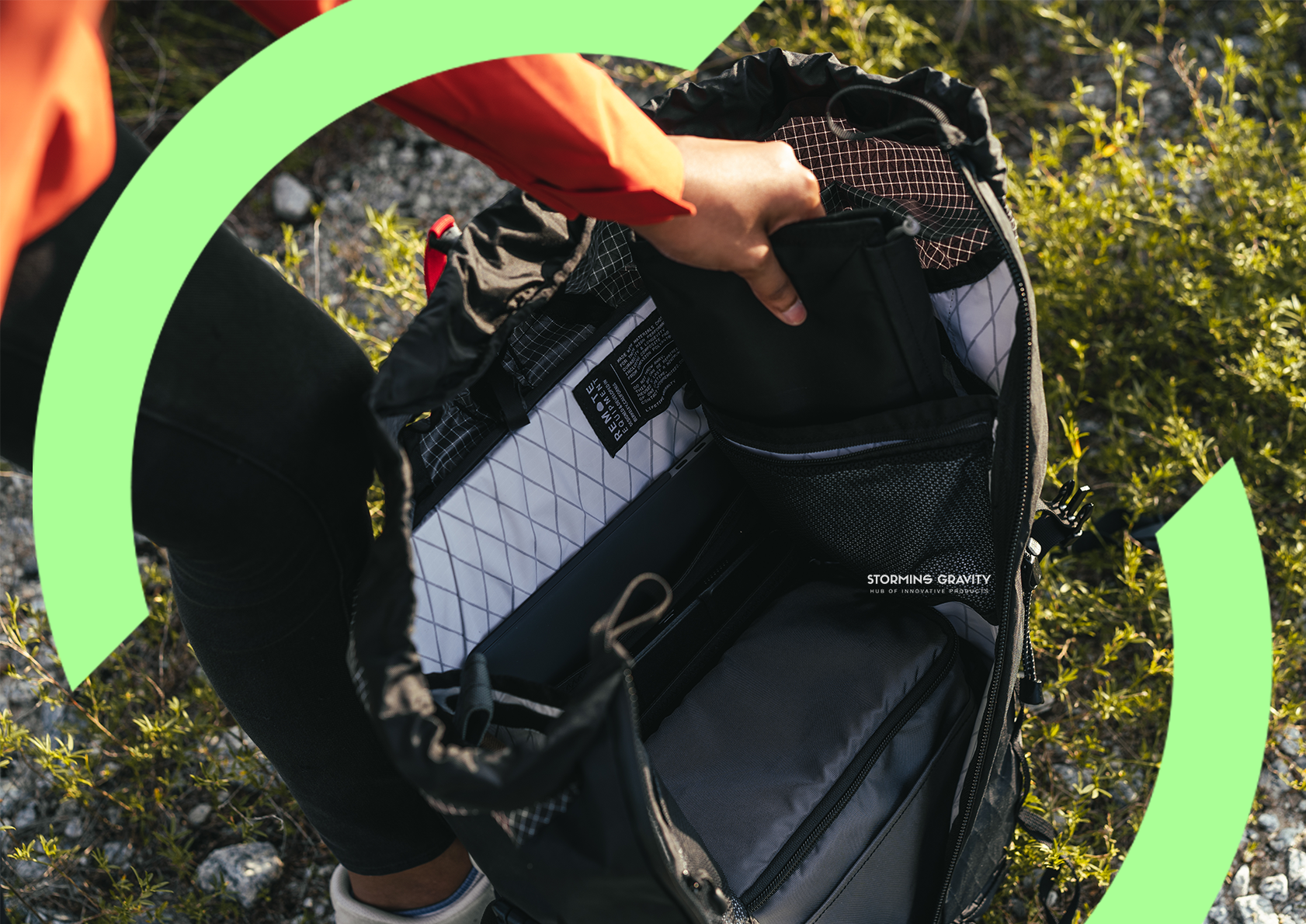
PRO vs CONS

PROS
- Best-in class harness system that provides comfort with some added durability in terms of material selection.
- Versatile modes of carry with some remarkable patterning and design done behind closed doors.
- Just a downright good-looking pack made for the trails.
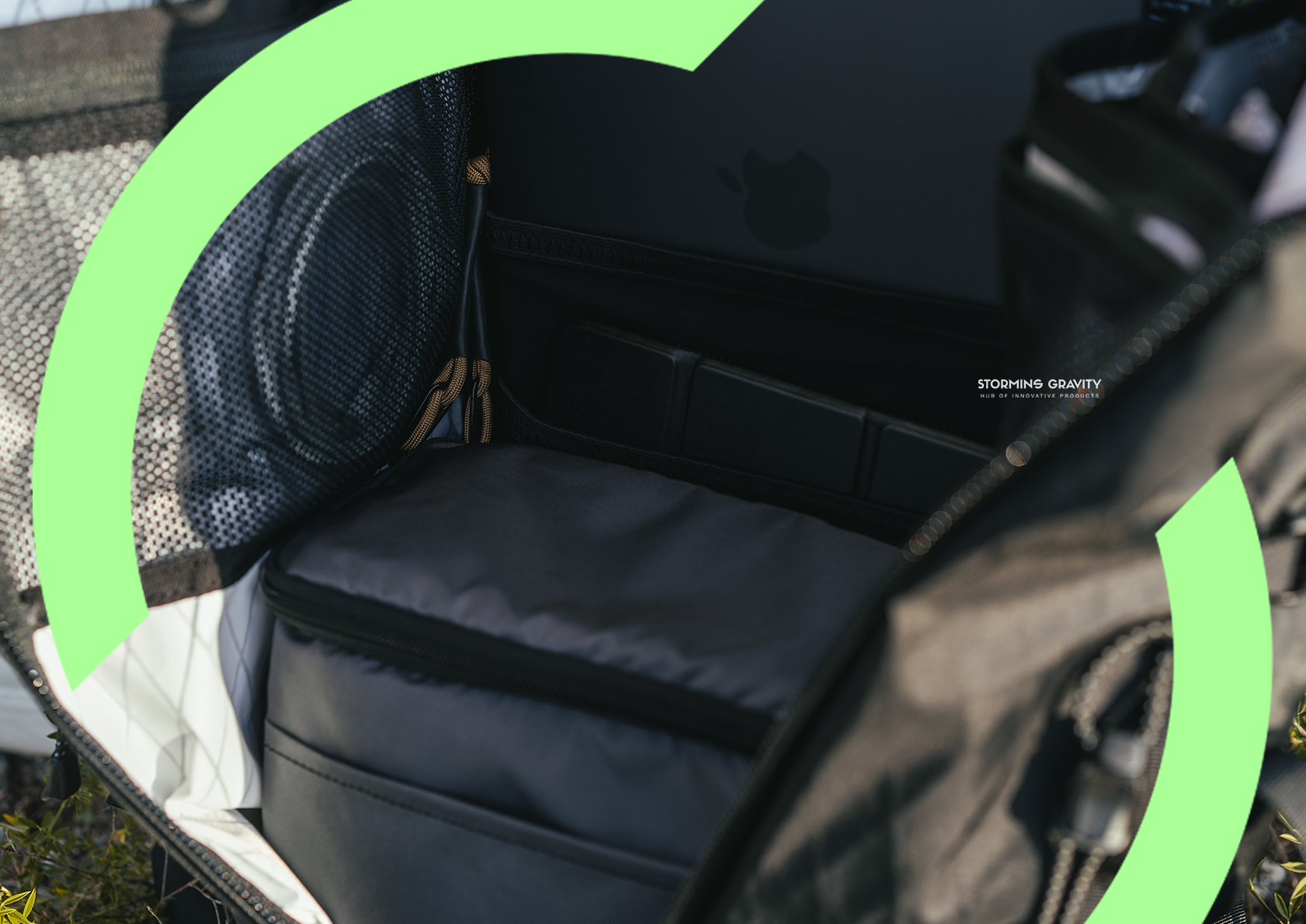
CONS
- Interior pockets intrude into the space of the main compartment, making it rather difficult to utilize every single liter on this pack.
- The strap management is a serious problem, one that needs immediate attention.
- The laptop and tablet sleeve lacks padding, making it a struggle to get things in and out of it, also provides no protection for your devices.
END VERDICT

Crafting the Charlie 25 was no easy feat to pull, a very meticulous process to say the least. But the end result, oh boy is it something worth boasting about. Every stitch, every seam, was made to perfection. The quality of packs from Remote Equipment are not to be rivaled. What turned out to be an exhaustive experience of designing and patterning, birthed this remarkable piece of art.

I have enjoyed every second spent with this pack, the only thing holding it back from perfection is the un-padded laptop and tablet sleeve, it really makes it a hassle to get things in and out of them when the pack is fully packed-out. However, if we see it for what it really is, a hiking pack, then there really isn’t anything I would fault. The Charlie 25 is a synergy of performance and versatility, one that would easily last you through this lifetime, and maybe the next.
Click here to purchase
Author

Darren Loh
Raised in the south of Malaysia, I was drawn to spending as much time as possible outdoors. While dwelling in the beauty of nature, it sparked my interest in photography as well as all things carry. My interest in bags have been solidified every since I’ve stumbled upon my first bag right here in our own backyard, Greenroom136. And I have been on the hunt for the perfect pack ever since.

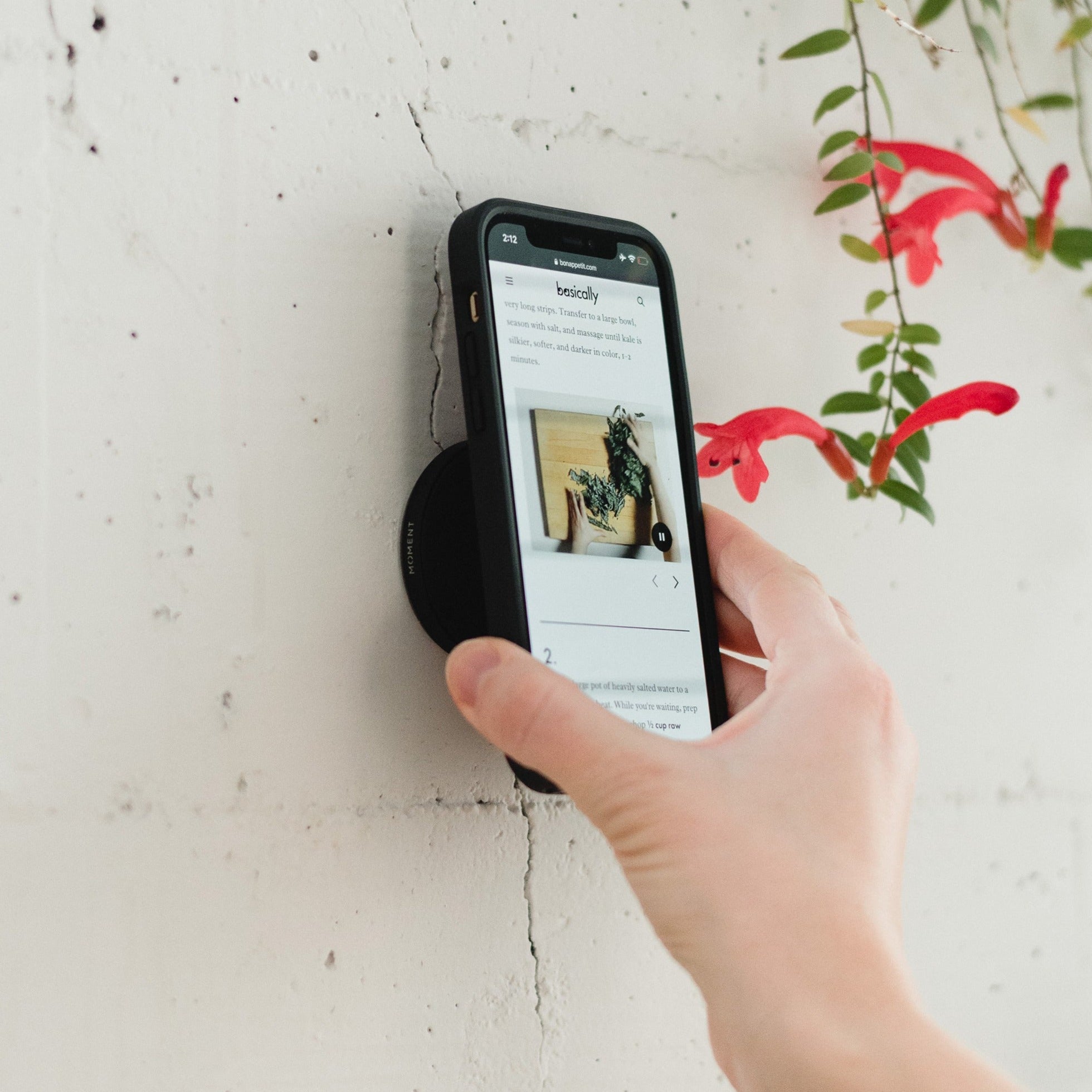


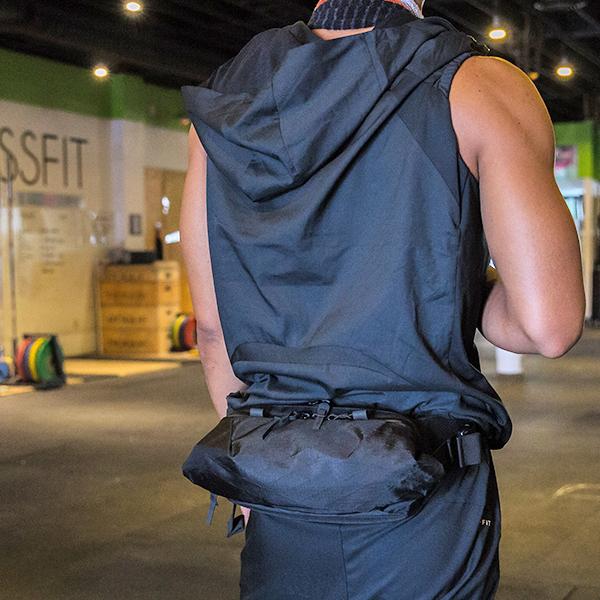
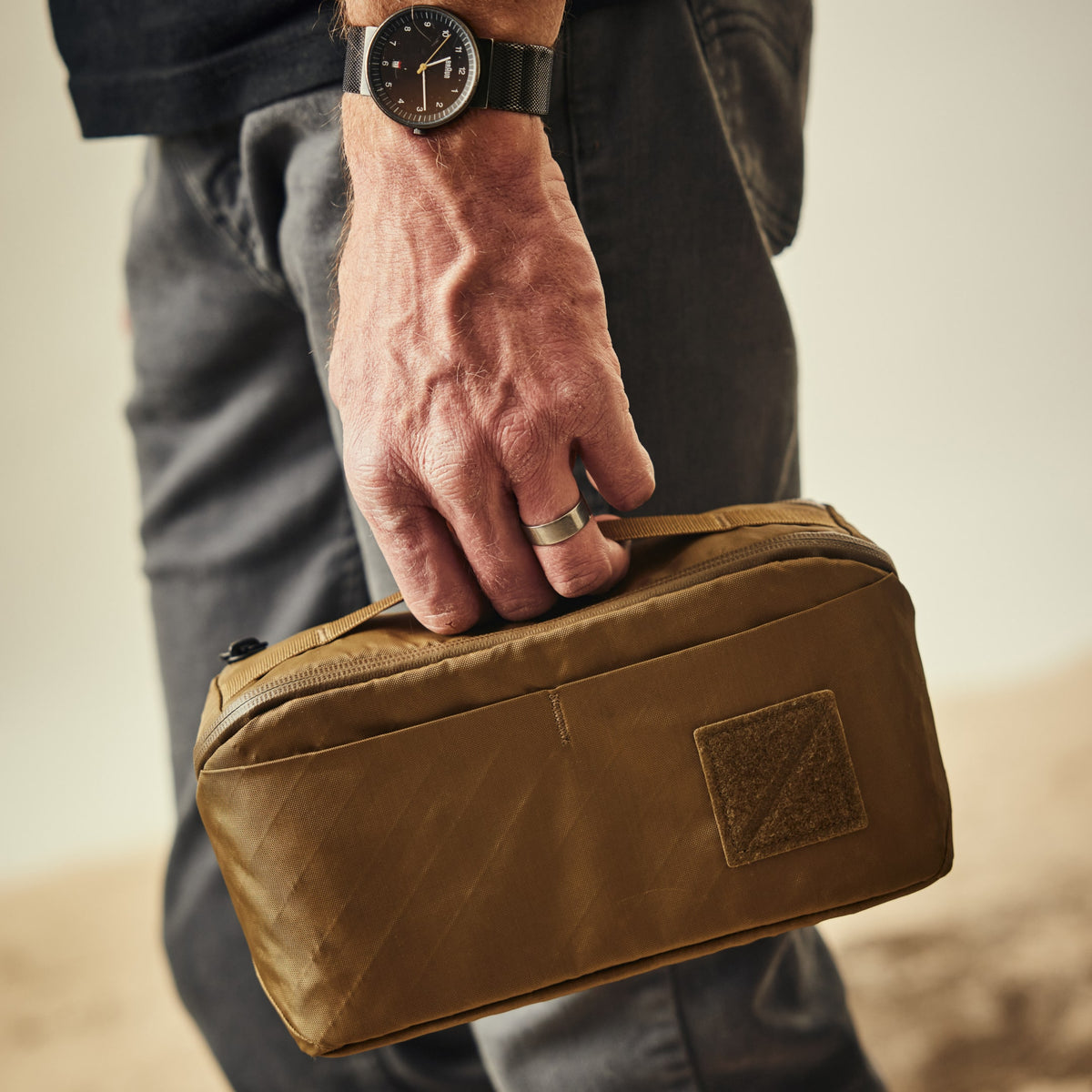
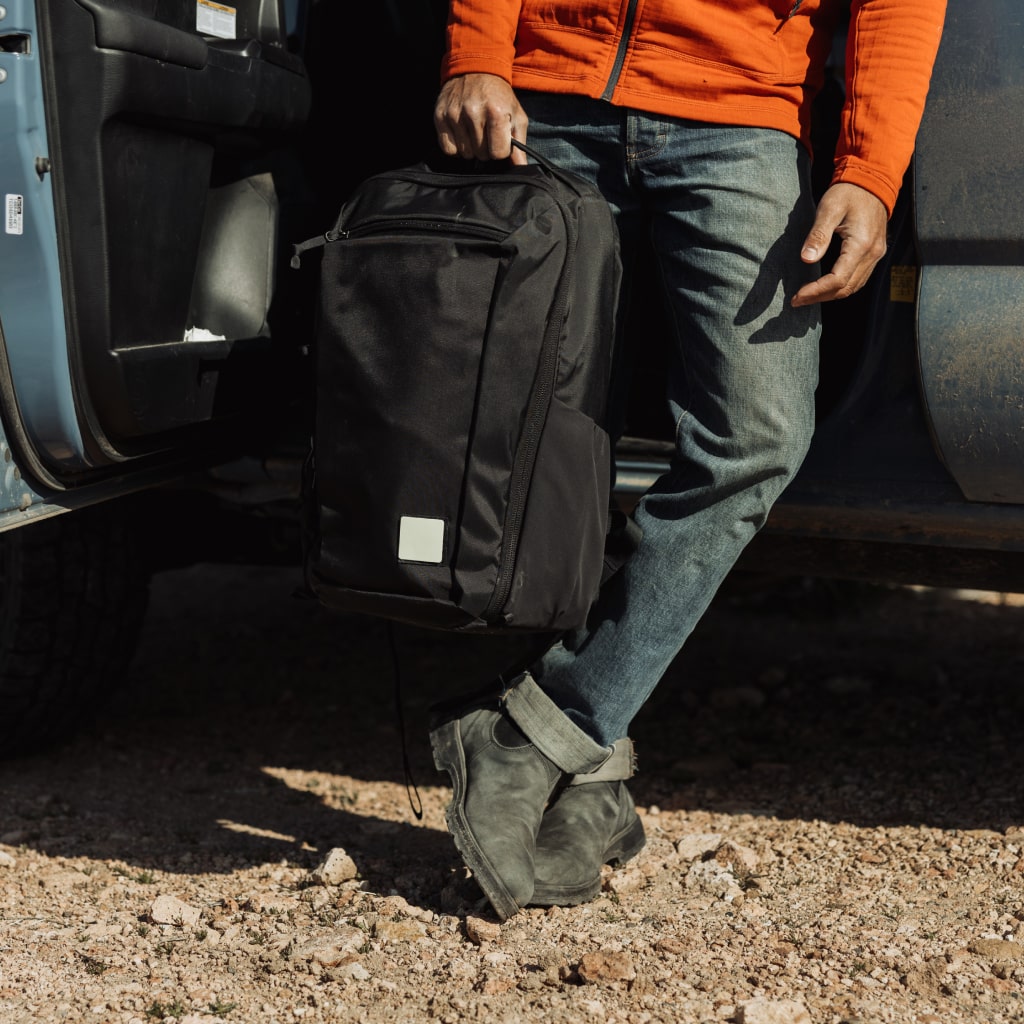
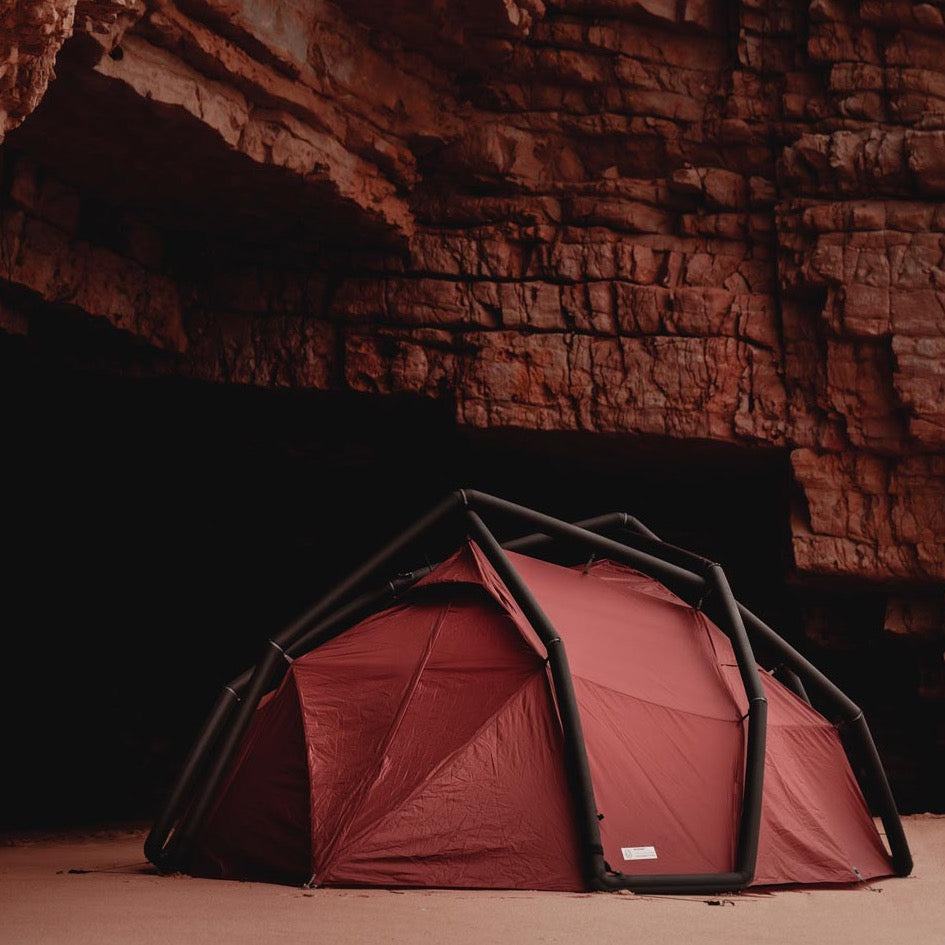



Leave a comment
All comments are moderated before being published.
This site is protected by reCAPTCHA and the Google Privacy Policy and Terms of Service apply.